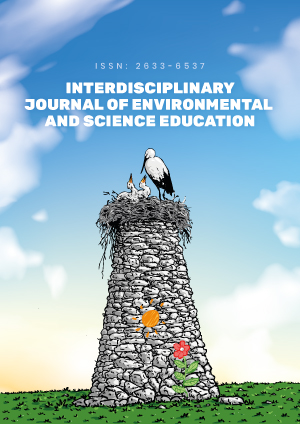Abstract
Chemistry is considered difficult to students to learn because many of its concepts are abstract in nature and require visualization at the sub-microscopic level of representation. Physics Education Technology (PhET) offers students the ability to understand and relate both chemical systems and what is happening at the sub-microscopic level through dynamic visualization. Simulations like PhET can be used as a powerful transformative tool for the teaching and learning of science. The research design and paradigm goal is to investigate the students’ perceptions on the impact of PhET simulations on their learning and attitudes and to identify PhET’s most helpful features. The data gathering tool in this research project is a survey that comprised of Likert-type and open-ended questions that was handed out to students who have completed General Chemistry II and were acquainted with PhET simulations as part of their laboratory sessions. The research took place at the City College of New York, an urban, minority serving, and public college. The number of research participants is 158. The implications of the research findings are PhET interactive simulations have an overall positive impact on students’ attitudes and perceptions about learning, PhET simulations promote students’ development of conceptual understanding of chemistry concepts and content, PhET simulations seem to promote and facilitate learning and understanding of abstract concepts, and PhET simulations furnish learning opportunities that otherwise cannot be attained in a traditional laboratory setting. The data presented in this paper support the notion that there is a need to update and modify general chemistry laboratories to reflect emerging technologies such as PhET interactive simulations.
License
This is an open access article distributed under the Creative Commons Attribution License which permits unrestricted use, distribution, and reproduction in any medium, provided the original work is properly cited.
Article Type: Research Article
INTERDISCIP J ENV SCI ED, Volume 17, Issue 4, 2021, Article No: e2247
https://doi.org/10.21601/ijese/10966
Publication date: 30 May 2021
Article Views: 12267
Article Downloads: 18258
Open Access References How to cite this article
 Full Text (PDF)
Full Text (PDF)